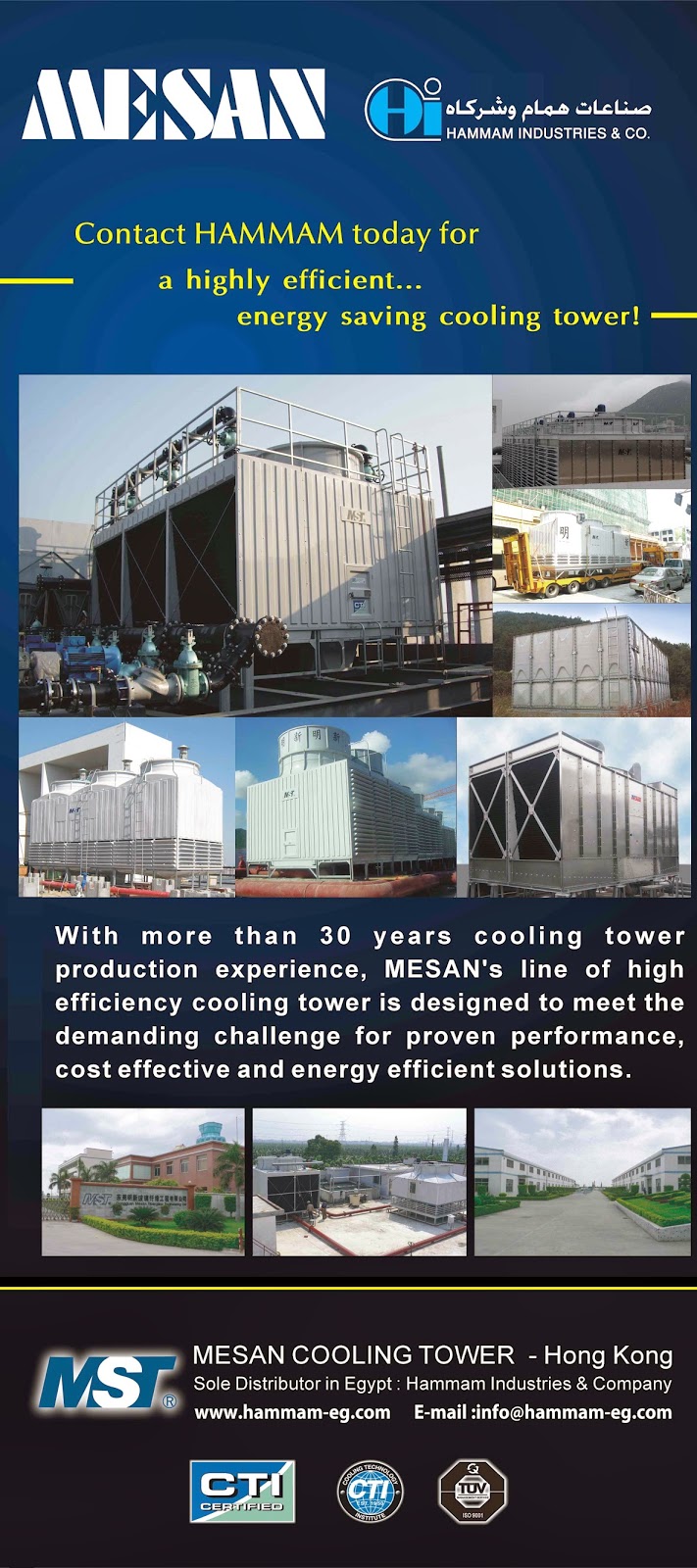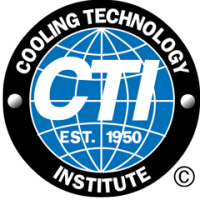Hi Top 5 Hazards for Coal Mine Ventilation Engineers and
Officers!:
Mines are dangerous places to work in, which has been emphasised once again recently with a spate of mining fatalities and accidents around the world.
Two of the most important roles on the mine site for keeping it a safer and healthier place are that of the mine ventilation engineer and officer.
Poor ventilation can lead to overheated, dusty mines, poor worker health, lower equipment performance and, with coal mines, even explosions.
It is therefore vital that ventilation officers and engineers are very much aware of the top hazards they need to be on top of every day.
Hi T1: Heating and Cooling:
The temperature levels in underground mines can range from severe cold to extreme heat and the mine’s ventilation system must be able to cope with whatever the weather chooses to throw at it.
As the industry globally is pushed to more remote and challenging environments, this hazard is only going to become a bigger issue.
Mines in Mongolia for example have to battle temperatures of -40 degrees Celsius. Western Australia can reach temperatures of 50 degrees plus.
In hot climates there is also the growing issue that mines keep getting deeper as resource becomes scarcer and mining companies are forced to search deeper below ground for new reserves.
High levels of heat or cold can be detrimental to the mine’s operations in several ways. Obviously worker health and productivity will be negatively affected if they are too hot, or too cold.
Machinery can become dangerous if overheated, or stop working if too cold. Ground support can become warped if placed under extreme stress due to temperature highs.
Hi T2: Methane Gas and other Fugitive Gases:
The build-up of methane and other gases in coal mines are typically the biggest worry for a VO and VE.
This is what leads to explosions and fatalities on site, so must be monitored incredibly closely.
When a mine site reaches a slightly questionable level, it should be shut down and evacuated until the level subsides.
Build up can be prevented through effective ventilation, monitoring of present levels and regular checking of equipment.
DPM is of a growing concern across the industry following the World Health Organisation’s classification in June 2012 of it as a carcinogenic.
Legislation surrounding the acceptable level of DPM in underground mines has come in for some countries/regions around the world and others are set to follow suit shortly. NSW already has legislation in place and QLD is due to enforce them this year.
Hi T3: Measuring and Monitoring Equipment:
Any fugitive gases, emissions, DPM and dust have to be measured, monitored and managed by the ventilation team.
The development of real time monitoring gauges have helped immensely with this, as they can communicate a concerning rise in any contaminant it is programmed to detect and report this back to the control centre, ensuring hazards are flagged early, and dealt with appropriately.
Hi T4: Effective Flow of Air:
Designing and maintaining a ventilation system that can correctly provide a clean air supply to the right parts of the mine at any given time is not an easy task.
System maintenance usually requires a halting of production in the related part of the mine site, so operations teams can be reluctant to let this happen (ignoring the fact that if they don't get a clear air supply, production will stop for a much longer period of time!).
System overhauls can be very expensive too, so VEs have to be clever with how they design the system for longevity.
The right pressure has to exist with the ventilation shafts and passages to make sure the air is distributed correctly.
Ventilation on demand devices can help with this, and working closely with mine planning and production to understand what parts of the mines will be in operation in any given week can also help with planning and correctly directing the airflow.
|
|
| | Mine Ventilation 2014
Join at Mine Ventilation 2014 in Brisbane, 29-31 July to discover how you can make small changes to your ventilation and gas management practices that will save you hundreds of thousands of dollars at your site. |
.jpg)
.jpg)
.jpg)
.jpg)
.jpg)
.jpg)
.jpg)
.jpg)

.jpg)
.jpg)
.jpg)




.gif)
.jpg)
.jpg)
.jpg)













.jpg)


.jpg)
.jpg)